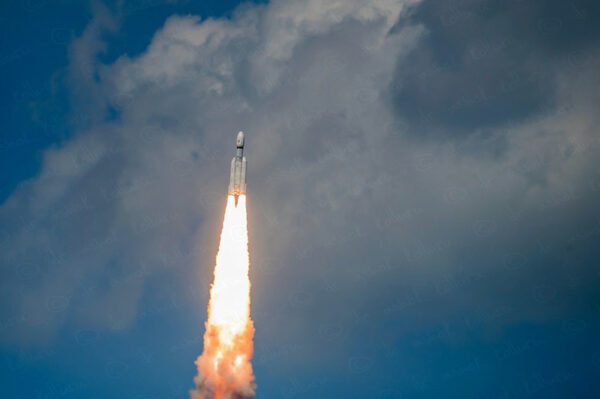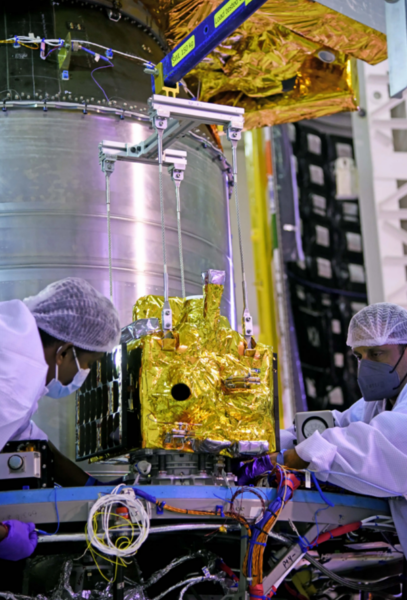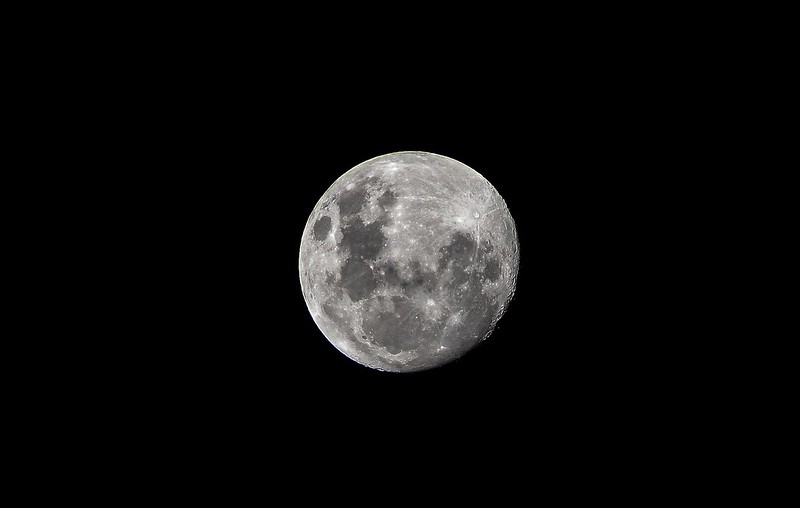Vikram and Pagryan hit snooze: India’s moon landing

If you haven’t heard by now that India beat Russia to a successful southern hemisphere moon landing, you may have been living under a rock or in outer space. This article should bring you back to Earth.
The story so far
As a recap, India’s Chandrayaan-3 spacecraft landed successfully on the surface of the moon at the end of August 2023, and a flurry of excitement was seen from India and throughout the world. Upon landing, rover Pragyan shuffled off from lander Vikram to explore the moon, allowing the Indian Space Research Organisation (ISRO) to collect some incredibly clear data from the moon’s surface.

Sunrise on the moon
Following this initial success, scientists at ISRO put Vikram and Pragyan to sleep on September 2, in preparation for the lunar night. The hope was that they would be up and running again for the incoming lunar day. On September 22, the world awaited news to see if sleeping beauties one and two had woken and were ready to roam the surface of the moon, collecting more useful data. As of yet, we have been disappointed.

Will they awake?
A month on from Chandrayaan-3’s soft landing, hopes that the two famous members of ISRO’s successful spacecraft will reawaken dwindle. ISRO is still waiting for a signal that Vikram and Pragyan are awake with a response to the space station commands. Unfortunately, with the lunar night about to begin again, things aren’t looking good.

The conditions of the moon at night are brutal. Reaching temperatures of -180 C for a long period of time causes a great deal of stress, and for the batteries powering Vikram and Pragyan to survive the 20 solar days of one lunar night was an extremely tough challenge. So far, the lack of communication from the rover and lander indicates that their batteries have not survived the night. Whilst unfortunate, the success of ISRO’s Chandrayaan-3 after their two previously failed attempts and such rewarding data science is a triumphant scientific achievement.
More space missions
But that’s not all India’s space scientists have been working on. ISRO launched its first observation mission to the Sun in early September. Aditya-1, the mission’s spacecraft, has a long 135-day journey before it arrives at a Lagrange spot. This will allow Aditya-1 to position itself in the solar orbit for observational data to be collected.
India is making a place for itself as a big name in space science, and the end of Aditya-1’s journey in December will reveal whether another success can be added to ISRO’s roster.







